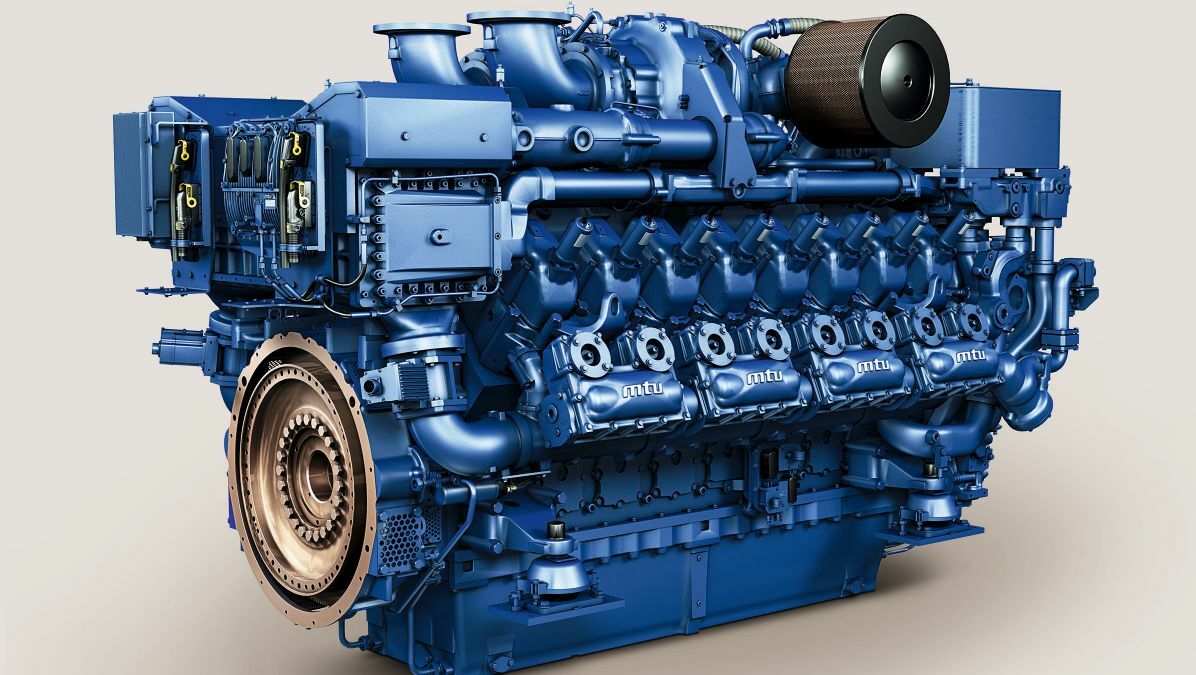The Pursuit for Ultimate Driving Power: Checking Out the Peak of Engine Performance and Technological Advancements in the Automotive Industry
In the world of vehicle design, the quest of optimum driving power has actually been an unrelenting quest that has actually unravelled through the development of engine layout and the integration of innovative technologies. From the precise workmanship of burning engines to the rapid improvements in electrical propulsion systems, the automobile market stands at the cusp of a brand-new era defined by extraordinary performance abilities. As engineers and researchers delve deeper into the worlds of computational fluid characteristics and discover innovative gas innovations, the horizon of possibilities expands exponentially. Keep tuned as we decipher the intricate tapestry of technical innovations that are forming the future of auto power and efficiency.
Development of Engine Design

Furthermore, the assimilation of turbocharging and supercharging modern technologies has revolutionized engine style by enhancing power without considerably boosting engine dimension. These forced induction systems press the intake air, enabling for even more gas to be ignited, therefore generating greater power outcome from a smaller engine. This innovation has been particularly vital in boosting the performance of smaller displacement engines while maintaining fuel effectiveness requirements.

Performance-Enhancing Fuel Technologies
The execution of advanced gas technologies has actually substantially added to improving engine efficiency in modern cars. Biofuels, acquired from renewable resources like algae, corn, or sugarcane, offer decreased exhausts and enhanced engine effectiveness. Additionally, gas additives and detergents are being formulated to tidy engine components, enhance burning, and reduce friction, consequently enhancing overall lorry performance.
Developments in Electric Propulsion
Significant strides in electrical propulsion innovation have transformed the automotive industry, paving the way for a new period of lasting and efficient transportation. Electric vehicles (EVs) are gaining popularity due to their environmental benefits and advancements in battery technology, enabling longer driving ranges and shorter charging times. Manufacturers are investing heavily in r & d to boost the efficiency of electrical propulsion systems, concentrating on boosting power outcome, improving energy efficiency, and lowering total weight.
One significant development in electric propulsion is the growth of advanced electrical motors that provide greater torque and power thickness, resulting in boosted velocity and overall driving efficiency. Furthermore, regenerative stopping systems have actually been refined to store and record energy throughout deceleration, further enhancing the effectiveness of EVs.
Moreover, the assimilation of wise modern technologies, such as expert system and anticipating analytics, is optimizing the monitoring of electric propulsion systems, making certain ideal performance under numerous driving conditions. These advancements in electric propulsion are improving the vehicle landscape, driving the industry towards a more sustainable and electrified future.
Effect of Computational Fluid Characteristics
With advancements in electrical propulsion pushing the limits of automobile modern technology, the integration of Computational Liquid Dynamics is playing an essential role in enhancing wind resistant performance and boosting overall performance in car layout. Computational Fluid Characteristics (CFD) involves using computer system simulations to analyze the flow of air around a lorry, enabling designers to predict exactly how layout changes will engines for africa impact the rules of aerodynamics without the need for costly physical prototypes. By precisely modeling air movement patterns, CFD enables the refinement of car shapes to minimize drag, boost air conditioning, and boost security.
CFD enables designers to maximize air flow around components such as radiators, engine bays, and wheel wells, adding to enhanced performance and total driving experience. In verdict, the combination of Computational Fluid Dynamics stands for a considerable step forward in the pursuit for best driving power and effectiveness in the automobile industry.
Future Fads in Engine Technology
In the vibrant landscape of auto design, advanced developments are shaping the future trajectory of engine technology. The future of engine style is noted by a strong emphasis on sustainability, efficiency, and efficiency. Makers are increasingly concentrating on developing engines that not only supply high power outputs however also prioritize ecological obligation by enhancing and minimizing exhausts fuel effectiveness.
One prominent trend in engine advancement is the rise of electrification. Hybrid and electrical powertrains are acquiring grip as sensible alternatives to standard burning engines. These innovations supply the potential for considerable reductions in carbon exhausts and enhanced power performance, straightening with global efforts to fight climate modification.
In addition, advancements in materials science and manufacturing techniques are allowing the production of lighter and a lot more sturdy engine parts. This change in the direction of light-weight products such as carbon fiber and light weight aluminum alloys adds to boosted efficiency and gas economy.
Conclusion
To conclude, the pursuit of ultimate driving power in the automotive sector continues to drive developments in engine design, fuel technologies, electric propulsion, and computational fluid site web dynamics. The evolution of these innovations is shaping the future of engine development, paving the way for more efficient and effective cars (engines for africa). As the industry continues to press the borders of what is possible, we can expect to see even more groundbreaking growths in the pursuit for peak performance
One of the key milestones in engine layout development is the shift from conventional carbureted engines to modern fuel-injected systems. By precisely metering the gas distribution to each cyndrical tube, fuel-injected engines enhance combustion, resulting in better performance and reduced ecological influence.
In addition, the assimilation of turbocharging and supercharging innovations has changed engine style by increasing power without significantly raising engine dimension (engines for africa).The implementation of innovative fuel modern technologies has significantly added to improving engine performance in modern-day cars. In addition, gas additives and cleaning agents are being developed to tidy engine elements, maximize combustion, and reduce rubbing, useful reference consequently increasing total automobile efficiency